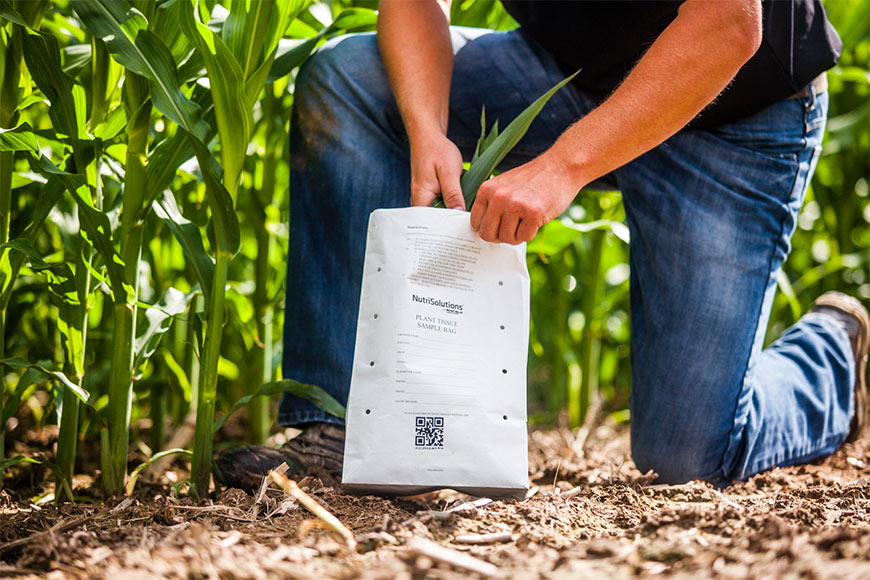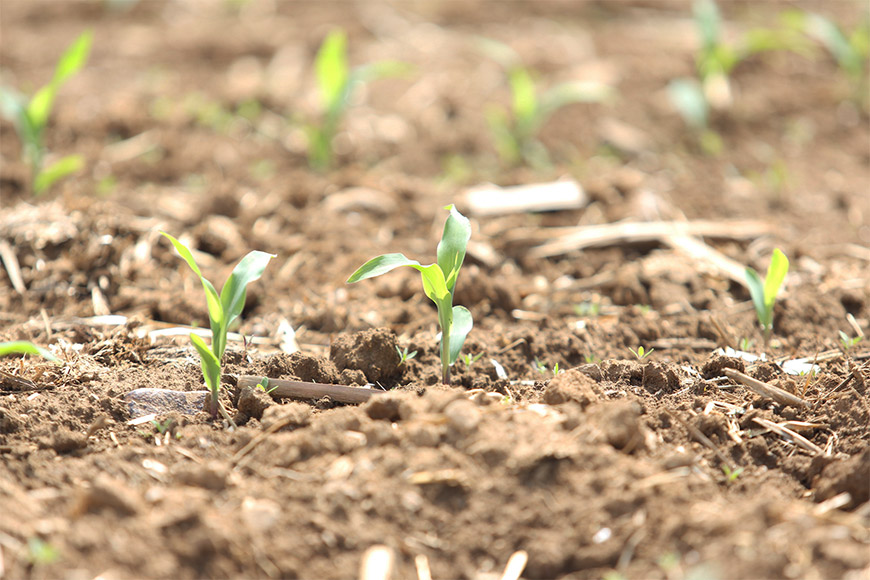What Could a Dry Season Mean for Your Crops?

1. How is plant nutrition affected when a crop is under drought stress?
Some nutrients, including nitrogen, sulfur and boron, are taken up by the plant through mass flow, meaning they move with water. When water is limited in the soil, those nutrients won’t move as freely into the root zone for plant uptake. As a plant senses drought stress, it responds by closing the stomata on the leaf's surface to try to limit moisture loss. While that does help the plant cope with drought stress, it also slows the movement of water and nutrients into the plant.2. Are there things you can do to prepare for a dry season?
In areas that are more accustomed to limited rainfall, choosing drought-tolerant genetics is important. But anything you can do to promote root growth is going to help with water and nutrient uptake, especially if you can’t predict whether or not your fields will face dry conditions this season. Applying a quality plant growth regulator, such as Ascend® Pro, can help stimulate root growth in both wet and dry conditions.3. Are there any in-season adjustments you can make to salvage crops in drought-stressed fields?
There are actions you can take to help mitigate the effects of drought stress. One is to tissue sample crops to understand how well they are taking up nutrients from the soil. If you sample when plants are affected by drought conditions and find multiple nutrient deficiencies, it's important to understand why those deficiencies are occurring. It may not be that nutrients are limited in the soil, rather they may not be able to get into the plant due to lack of moisture. If there’s still time in the season, that nutrient accessibility barrier can often be overcome by supplementing a foliar nutrient application that absorbs directly into plant tissue, instead of relying solely on soil moisture for uptake.You may also consider foliar-applied biostimulants, including Voyagro™. Biostimulants can trigger responses within the plant that make it more tolerant to drought or other environmental stresses.
While it’s impossible to know what challenges crops will face this season, thinking ahead and establishing contingency plans helps mitigate risk. For more information about planning nutrient strategies, talk with your locally owned and operated WinField United retailer.
This article was originally published in March 2019. It was updated in April 2020 and again in April 2021.
All photos are either the property of WinField United or used with permission.
© 2021 WinField United. Important: Before use always read and follow label instructions. Crop performance is dependent on several factors many of which are beyond the control of WinField United, including without limitation, soil type, pest pressures, agronomic practices, and weather conditions. Growers are encouraged to consider data from multiple locations, over multiple years, and be mindful of how such agronomic conditions could impact results. Ascend® Pro, Voyagro™ and WinField® are trademarks of WinField United.




